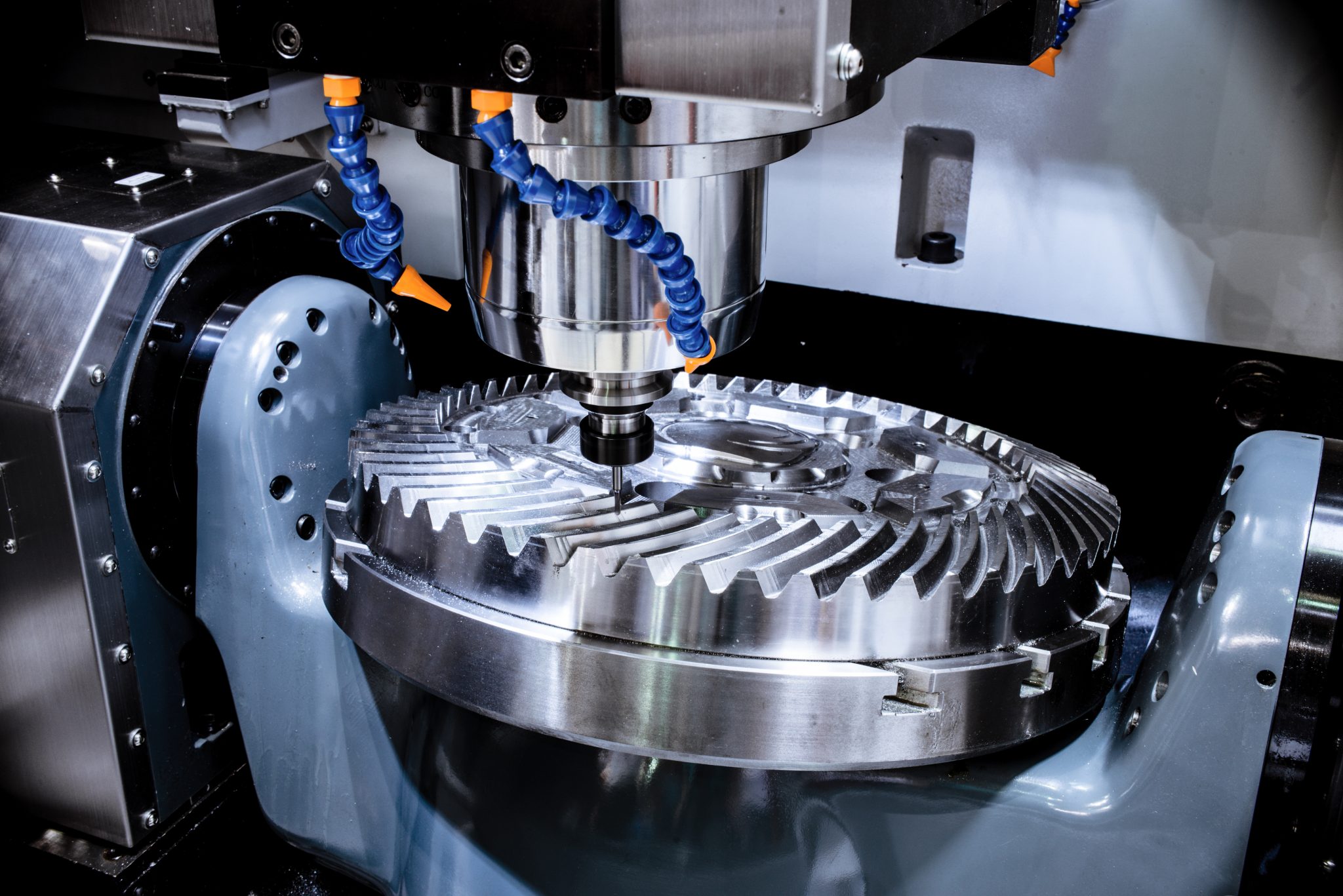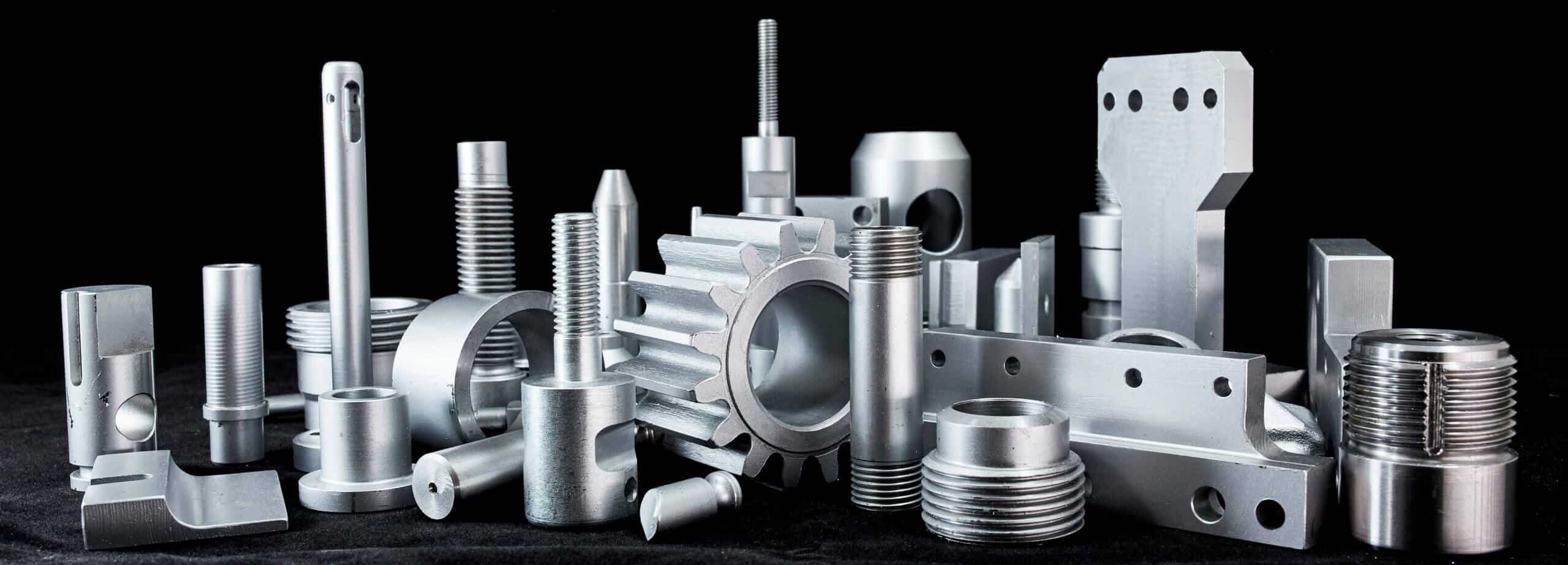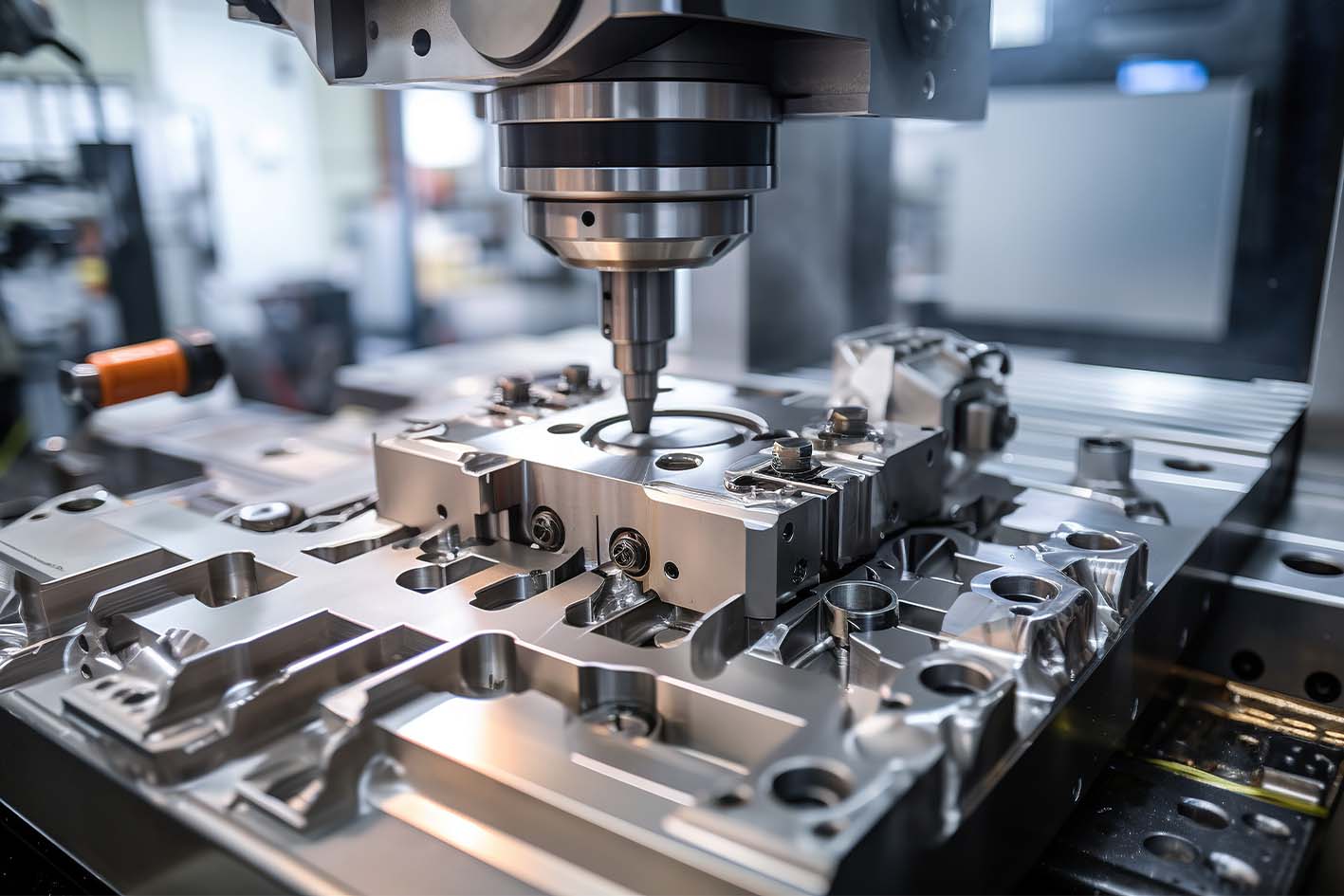Revealing the Intricacies of Fasteners and Machining Processes for Optimum Efficiency
In the realm of design and manufacturing, the selection of bolts and the complexities of machining procedures play a pivotal duty in establishing the utmost performance and durability of an item. From the seemingly uncomplicated task of picking the best kind of fastener to the complex accuracy machining techniques utilized, every action in this process needs precise focus to detail. As we start this exploration into the globe of fasteners and machining, we will certainly discover the refined yet crucial variables that can considerably influence the efficiency and high quality of the final product, losing light on the frequently overlooked facets that can make all the distinction in achieving ideal efficiency.

Importance of Correct Fastener Choice
Selecting the appropriate bolts is vital in making sure the structural integrity and long life of any kind of mechanical setting up. Fasteners play a fundamental duty in holding elements together firmly, with the ideal choice adding substantially to the overall efficiency and reliability of the setting up. When selecting fasteners, variables such as material compatibility, ecological conditions, load-bearing ability, and simplicity of installation have to be thoroughly taken into consideration to ensure optimal efficiency.
Improper bolt option can cause a series of problems, including loosening, deterioration, and even architectural failing. Utilizing bolts that are not suited to the certain requirements of the assembly can endanger its functionality and present safety dangers. Therefore, designers and developers must carefully review the application needs and choose bolts that meet or surpass the essential standards and specs.
Furthermore, the appropriate bolt option procedure involves evaluating the joint style, prepared for lots, resonance levels, and potential thermal growth or contraction to make sure that the picked bolts can hold up against the operating problems properly. By focusing on proper fastener selection, producers can enhance the high quality, longevity, and efficiency of their mechanical settings up.
Kinds and Features of Fasteners
A crucial facet of mechanical assemblies depends on recognizing the varied kinds and distinct attributes of bolts made use of in numerous commercial applications. Bolts are vital parts that hold frameworks together, making sure stability and functionality. There is a variety of bolts offered, each created for particular purposes based on the application needs. Typical types of fasteners consist of screws, screws, nuts, pins, washers, and rivets.
Screws are threaded bolts that are frequently utilized to sign up with two or even more elements with each other. Screws are similar to screws however are generally made use of with a nut to produce a secure joint. Nuts are inside threaded fasteners that mate with screws to hold elements with each other. Washers are slim plates that disperse the load of a bolt, avoiding damage to the product being attached. Rivets are long-term bolts that are hammered or pressed right into place. Pins are utilized for placement or to secure elements temporarily.
Recognizing the characteristics of each kind of bolt is essential for picking the appropriate one for a certain application, making certain optimum efficiency and dependability of the mechanical assembly. Fasteners and Machining.
Precision Machining Strategies for Performance
The complex style demands of various bolts require utilizing precision machining strategies for ideal efficiency in manufacturing processes. Accuracy machining is vital in making sure that fasteners fulfill the specific specs needed for their intended application. Among the main techniques made use of in precision machining is Computer Numerical Control (CNC) machining, which allows high levels of precision and repeatability in the production of bolts. CNC makers can executing complicated cuts and shaping procedures with minimal read review human treatment, causing increased performance and consistency in the production process.
By utilizing precision machining methods, makers can improve the high quality of bolts, minimize product waste, and enhance overall production efficiency. The use of advanced machining procedures aids make certain that bolts fulfill sector criteria and consumer assumptions for performance and dependability.

Variables Influencing Machining Refine Efficiency
Various variables play a considerable function in figuring out the efficiency of machining procedures in the production of bolts. Maximizing these criteria based on the specific requirements of the fastener being generated is key to achieving precise and cost-effective machining.
Device rigidness and security also play an important function in figuring out machining process performance. A stable machine with very little resonances can improve accuracy and stop device wear, leading to better total performance. Additionally, the skill and experience of the machine driver can not be undervalued. An educated driver can make real-time adjustments, troubleshoot issues successfully, and make sure that the machining process runs efficiently, eventually affecting the last high quality of the fastener.

Quality Assurance Steps in Production
Variables affecting machining procedure efficiency, such as cutting tool selection and machine stability, straight influence the execution of top quality control procedures in production. Quality assurance measures are crucial in ensuring that products meet the needed standards and specs. In the production procedure, various techniques are employed to keep quality requirements. Assessment and screening play a critical duty in determining any deviations from the wanted result. Regular upkeep of machining devices is also essential to support quality control. Calibration of machines and devices is required to ensure exact and accurate manufacturing procedures. In addition, implementing standardized operating treatments and methods can help in preserving uniformity and quality throughout the manufacturing line. Quality control gauges not only concentrate on the end item but additionally on every stage of the production procedure to stop defects and errors. By sticking to stringent quality assurance measures, producers can enhance client complete satisfaction, develop a credibility for integrity, and ultimately accomplish ideal efficiency in their check my source machining processes.
Final Thought
To conclude, picking the best fasteners and using accuracy machining techniques are crucial for optimum efficiency in making procedures. Recognizing the kinds and features of bolts, together with aspects affecting machining process performance, can bring about enhanced performance and quality assurance steps. By taking note of these ins and outs, makers can accomplish higher degrees of efficiency and dependability in their products.
In the world of design and production, the selection of fasteners and the details of machining procedures play a critical role in determining the utmost performance and sturdiness of a product (Fasteners and check Machining). One of the key strategies used in precision machining is Computer Numerical Control (CNC) machining, which makes it possible for high levels of accuracy and repeatability in the manufacturing of bolts. The use of advanced machining procedures assists ensure that bolts satisfy industry criteria and client expectations for efficiency and reliability
In verdict, choosing the right bolts and utilizing accuracy machining techniques are important for optimum performance in making procedures. Comprehending the kinds and qualities of bolts, along with elements affecting machining process efficiency, can lead to improved performance and quality control procedures.